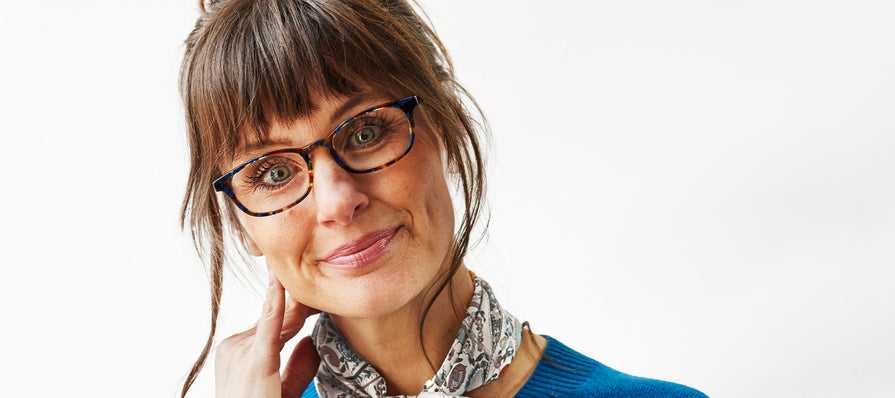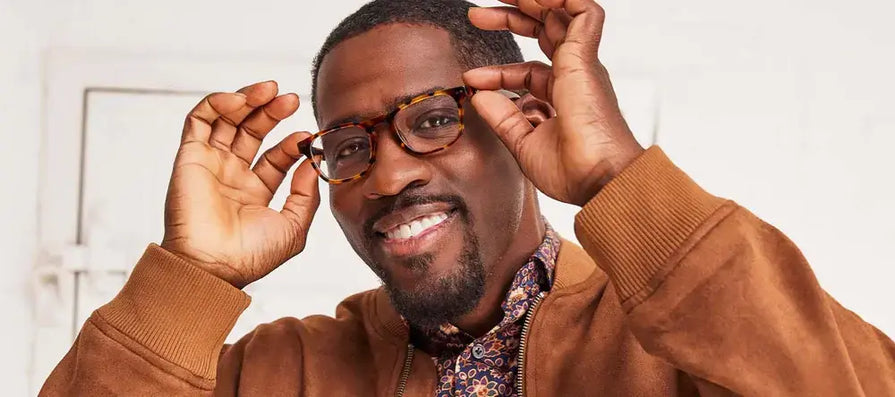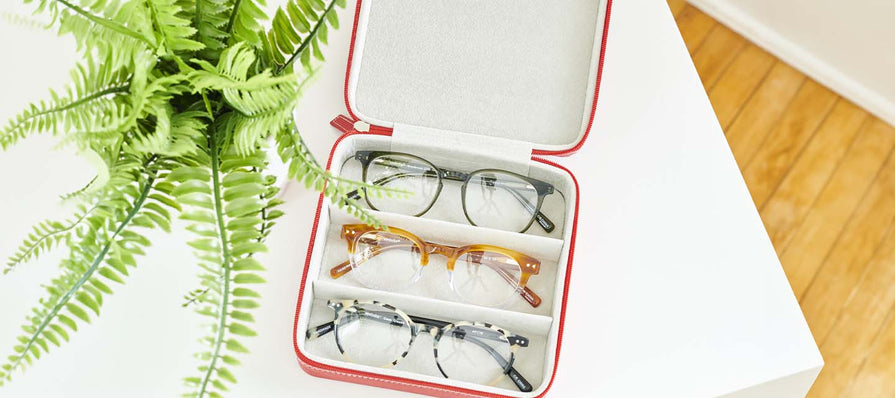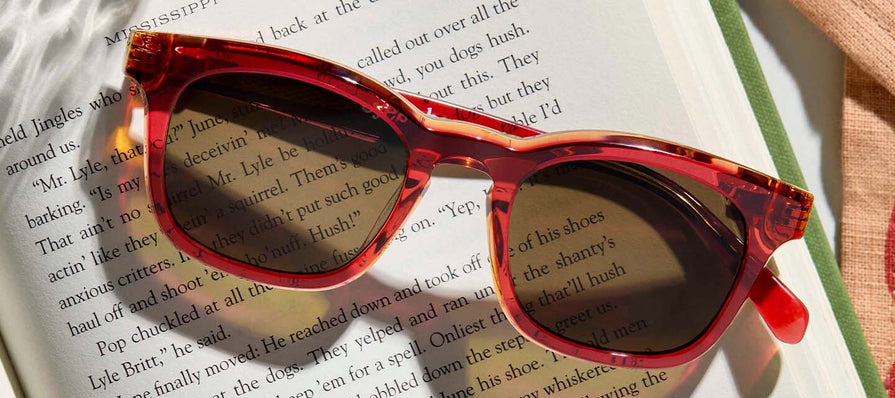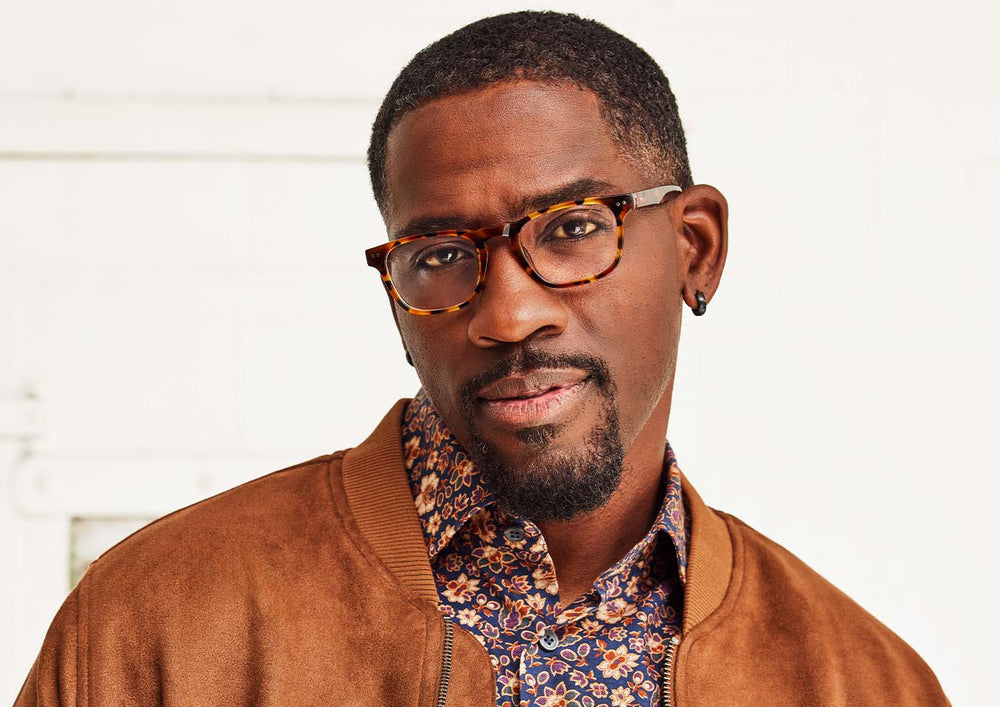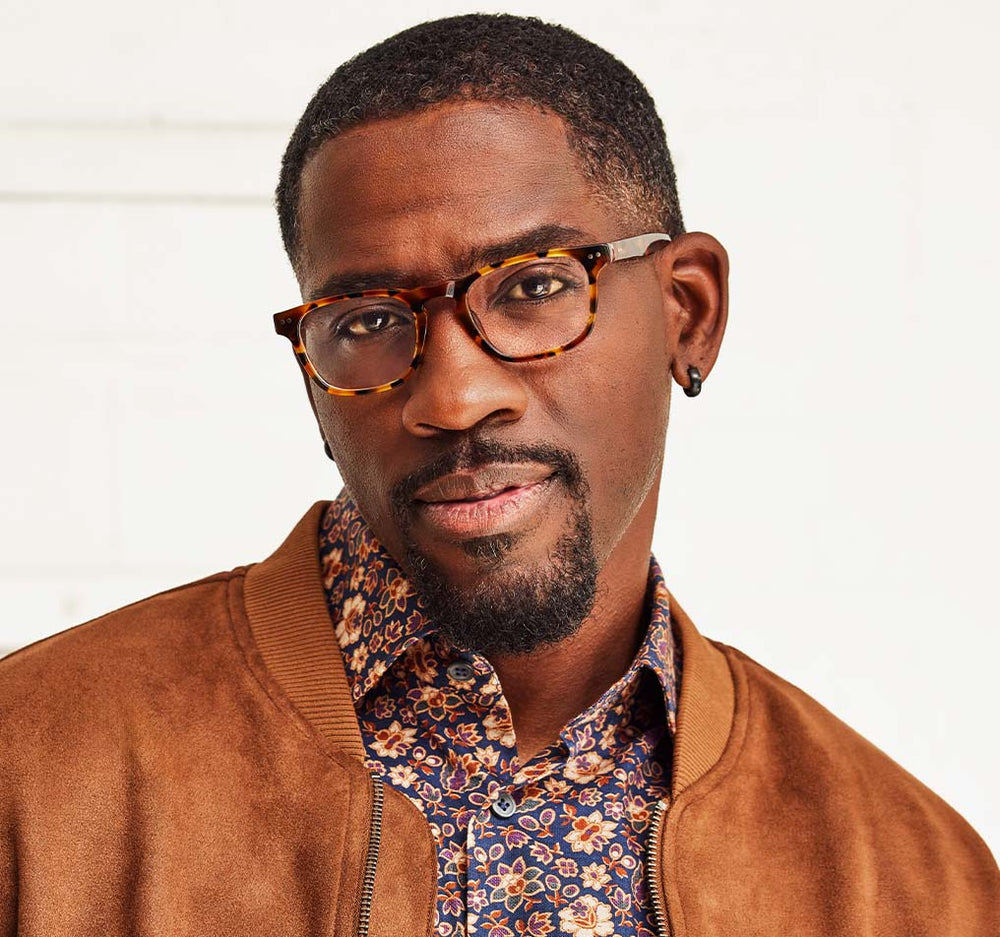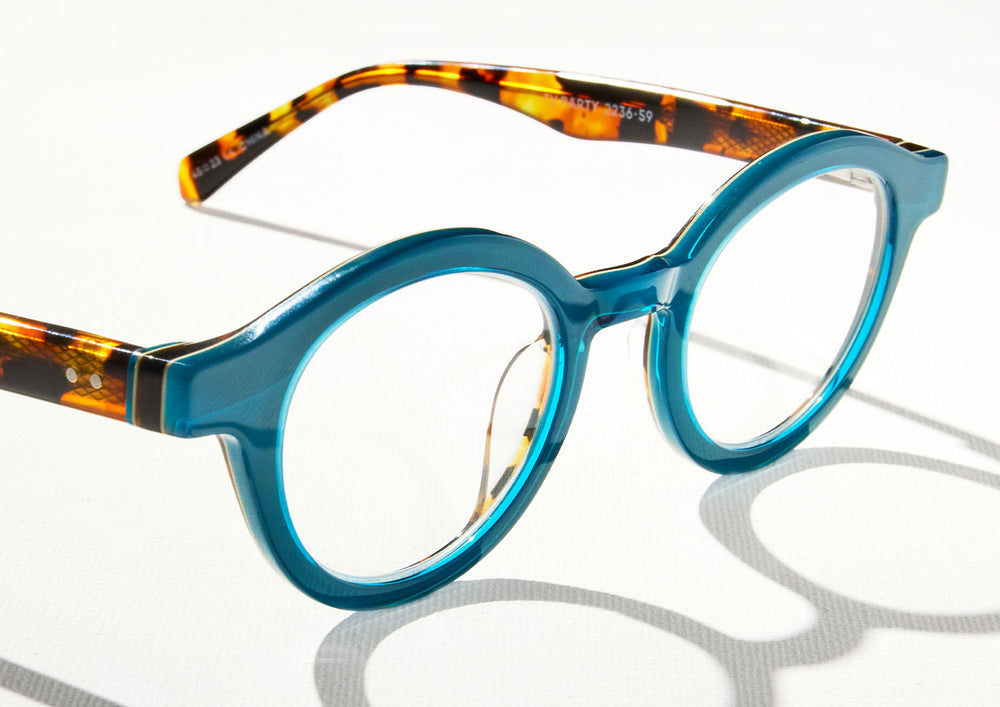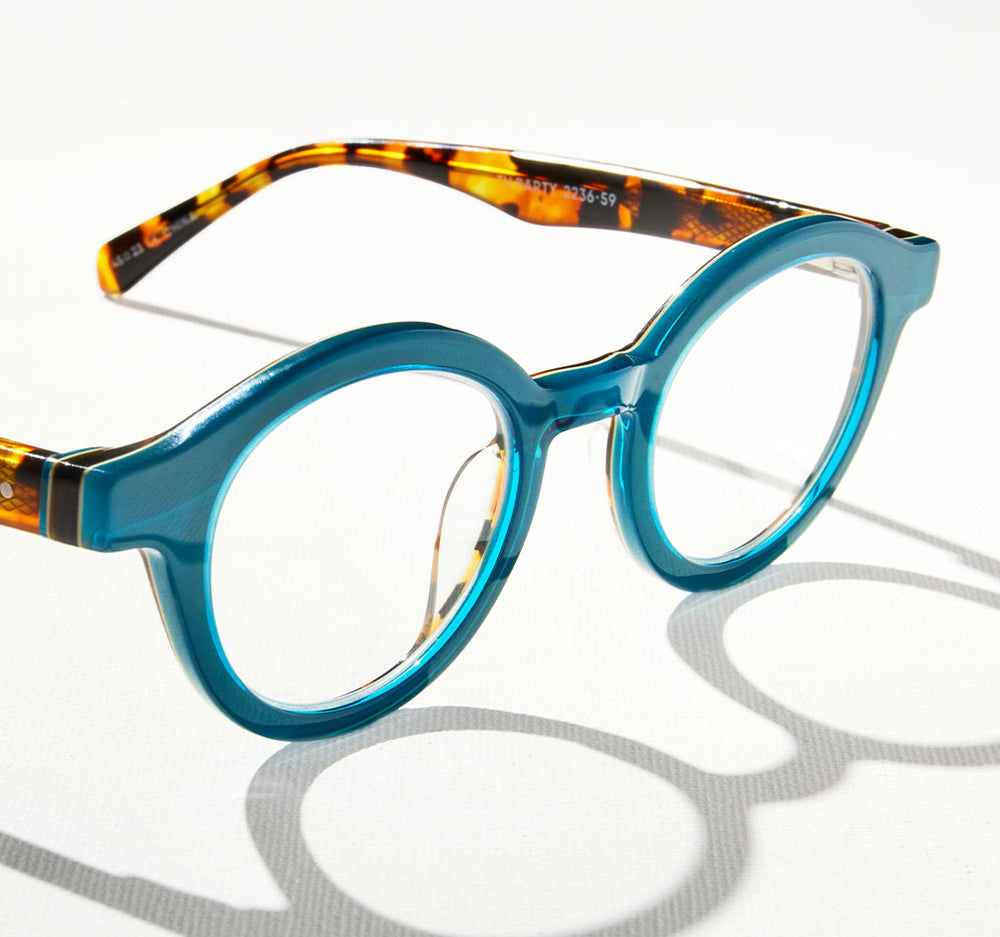Once upon a time, transition lenses were the domain of dads mowing lawns in socks and sandals. They seemed convenient in theory, but they took ages to darken, sometimes failed to clear up completely, and were hardly considered the height of style. Much like flip phones and your old VHS tapes, they were poised to be left in the 2000s.
Instead, they improved with the times. Now, transition lenses have gone from frumpy to fashion-forward, from purely practical to effortlessly cool. They’ve modernized completely, and the makeover has been spectacular to watch.
So, how exactly did they go from “meh” to must-have? Let’s take a look.
A Brief History of Transition Lenses
The story of transition lenses starts in the 1960s when glass transition lenses – or photochromic lenses, if you’re feeling fancy –were first introduced. These early versions changed in response to UV light, which sounded really impressive … until their wearers realized they were also slow, moody, and about as stylish as a pocket protector.
In the ’90s, things began to shift. Photochromic lenses started being made with plastic, making them lighter, more comfortable, and increasingly popular. Still, the color change could be uneven, and the styles weren’t much to look at.
But in recent years, technology has caught up with taste. Modern transition lenses are faster, smarter, and way more attractive. Think of them as the eyewear equivalent of that friend who used to be awkward in high school but shows up at the reunion with an impressive job and bombshell blowout. You know the one.
What Changed?
Here’s precisely what makes modern transition lenses different from their tackier predecessors.
-
Speed: They darken and lighten faster than ever before.
-
Clarity: They’re clearer indoors, without any weird yellowish tint.
-
Color accuracy: No more splotchy or inconsistent transitions.
-
Compatibility: They work well with a wide range of prescriptions and lens types, including progressive and high-index lenses.
All this means you’re getting more than just convenience – you’re getting smart, stylish, multifunctional eyewear you’ll actually look forward to wearing.
How Do Transition Lenses Work?
Look: it’s your tiny science lesson for the day. Essentially, transition lenses work using tech that responds to sunlight. They contain molecules that react to ultraviolet (UV) rays. When exposed to UV light, these molecules change structure, darkening the lenses. When UV rays disappear (i.e. you head indoors), the molecules revert back to their original form, and the lenses lighten.
The process used to take several minutes. Now it takes seconds. The best modern lenses darken in as little as 25 seconds and clear up completely in under two minutes. That kind of speed means your lenses keep up with your lifestyle instead of lagging behind it.
And thanks to improved materials and smarter chemical engineering, they now adapt more evenly, stay reliable when temperatures change, and offer clearer vision indoors without that slight tint that used to be a dead giveaway.
If you’ve been holding off based on outdated intel, we hope this helps reframe your perspective. Wink, wink.
How Transition Lenses Can Help You Navigate Everyday Activities
While the transition lenses of bygone days were often avoided due to their decidedly unstylish designs, the reason people wore them in the first place was all down to practicality. Now that we know they’ve gotten smarter and trendier with age, let’s talk about how they can help you navigate your day-to-day.
If you wear prescription glasses or readers, you know the struggle: juggling your regular specs with a pair of sunglasses, trying (and all too often, failing) to keep track of it all. Pairs for the car, pairs for your purse, and countless lost in the shuffle along the way. Transition lenses make that madness a distant memory. With them, one pair of glasses can go everywhere and do everything. Done and done.
They give you full UV protection, even when the lenses look clear. They can help reduce eye strain in changing light conditions. During quick trips outdoors, they deliver you from the need to squint or fumble frantically through your bag for sunglasses. Bottom line: transition lenses make your life easier, all while being exceedingly easy on the eyes (in more ways than one).
That said, transition lenses may come with a few quirks you should be aware of. Here’s the good news: most of the problems of the past have been left there, and the current trade-offs are easy to live with. Here’s what to know:
-
They may not darken in your car. Since car windshields block UV light, some lenses don’t activate fully when you drive. However, some advanced lenses have been designed to work better in vehicles, so ask your optician for options.
-
They’re not instant. While today’s lenses are faster than they’ve ever been, there’s still a brief lag between light conditions. But unless you’re flat-out sprinting between your living room and lawn chair, you probably won’t even notice.
-
Some still retain a faint tint indoors. There are transition lenses out there that stay just a touch shaded even when they’re fully clear. With the right frame, though, this can look intentionally cool – think subtle tint, not sunglasses-at-night.
Even if you’ve tried transitions in the past and were less than impressed, it might be time to give them another look.
Who Are Transition Lenses For?
Pretty much anyone who wears prescription glasses or readers and wishes they would work a little harder. They’re especially useful for:
-
People who move between indoor and outdoor settings often (shoppers, commuters, dog walkers, patio brunchers – you get it).
-
Frequent fliers who are tired of multiple pairs clogging up their carry-on.
-
Folks with light sensitivity, eye strain, or general squint-aversion.
-
Glasses-wearers who want UV protection without needing separate sunglasses.
-
Readers and progressive-lens users who’d rather not swap specs every time the sun comes out.
If your daily life includes sunlight (which should ideally apply to all of us who aren’t secretly vampires), transition lenses just make sense.
How to Choose Your Pair
There’s more to finding your perfect transition lens setup than just picking a pretty frame (although that’s part of it, of course). With the wide world of eyewear before you, how do you choose the pair that’s right for you? We’re so glad you asked.
At eyebobs, we don’t do boring glasses. We do expressive ones. Conversation-starting ones. And we’ve seen firsthand how the right frame can take a transition lens from “helpful” to “hot damn.” Our styles are made to support a variety of lens types, from single-vision readers to progressive multifocals, all available with a photochromic add-on.
We recommend choosing frames with:
-
A little more surface area, since larger lenses leave more space for transitions to work their magic.
-
A strong silhouette that complements both clear and darkened lenses.
-
Versatile colors and patterns – whether you go neutral or bold, make sure it plays well with both lens states.
Make sure the pair you pick isn’t just suited to transition lenses but is also perfectly suited to you. First, think about your lifestyle. If you’re someone who’s always onto the next adventure, you may want to opt for stainless steel frames with adjustable nose pads. They’re lightweight but strong and sturdy and will stay comfortably in place no matter how much you sweat.
Next, consider the lenses you need. We offer a variety, all of which can be made with a transition coating.
-
Single-Vision Prescription: For folks who need a little help seeing far afield.
-
Progressives: Ideal for anyone who needs multiple types of vision correction or wishes they didn’t need to take their readers on and off all day. They’re multifocal lenses that house your reader prescription in the bottom third and your distance or no prescription up top. They require a bit more vertical space, so opt for frames tall enough to accommodate the full gradient. Add in a transition coating, and these lenses that do it all can do even more.
Finally, let’s skip to the fun part: your style. While the shape of your face and size of your head will affect which frames will fit and flatter, we’d encourage you to always go with your gut, whether it wants subtle sophistication or statement-making spectacle.
With transition lenses in the style that speaks to you, you’ll look impeccable no matter where the light hits. And you’ll always be ready for it to change – without having to change your glasses.
Transition Lenses are Finally Cool.
These aren’t your grandpa’s fade-to-gray anymore. Transition lenses have officially shed their old reputation and taken their rightful place as one of the smartest eyewear options around.
So, the next time you squint your way across a parking lot or find yourself playing hot potato with three different pairs, just remember: there’s a better way.
Ready for the transition? Start here.

